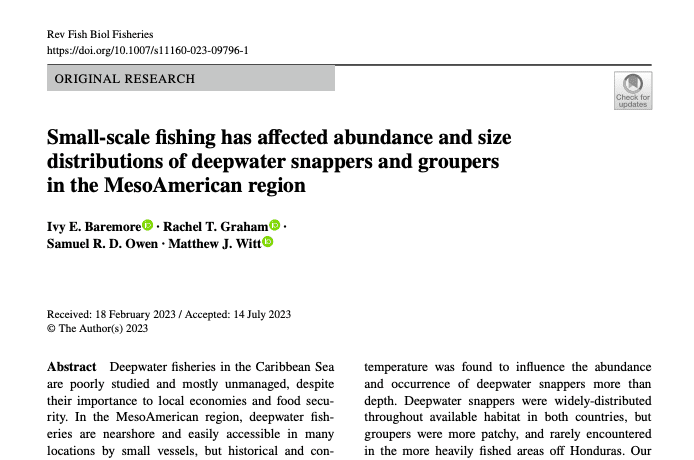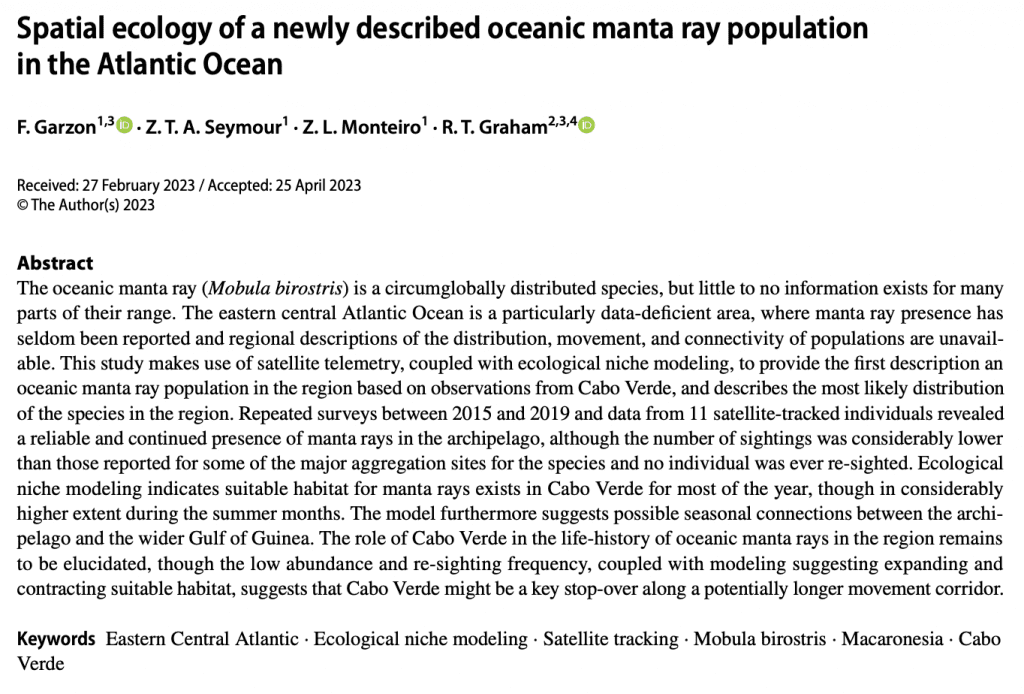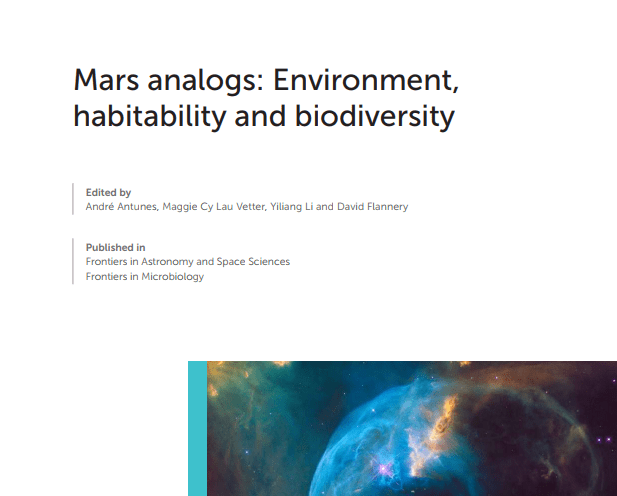Deepwater fisheries in the Caribbean Sea are poorly studied and mostly unmanaged, despite their importance to local economies and food security. In the MesoAmerican region, deepwater fisheries are nearshore and easily accessible in many locations by small vessels, but historical and contemporary fishing effort varies by country. We used standardized fishery-independent methods, including vertical longlines and baited remote underwater video (BRUV) to assess the relative abundance and distribution of deepwater (100–550 m) snappers and groupers in Belize and Honduras. Fishery-dependent samples were used to supplement spatial distribution and body length data. Gathered data revealed that Belize, with a smaller fishing population and shorter history of deepwater fishing, had overall higher abundance of groupers and snappers and that fish were significantly larger than those in Honduras, which has a well-established and larger deepwater fishery. Water temperature was found to influence the abundance and occurrence of deepwater snappers more than depth. Deepwater snappers were widely-distributed throughout available habitat in both countries, but groupers were more patchy, and rarely encountered in the more heavily fished areas off Honduras. Our results suggest that a precautionary approach to fisheries management and targeted biological research of these stocks is required, which is particularly relevant for Belize, where climate change and overfishing mitigation measures are focused on an expansion of the deepwater fishery.

Small‐scale fishing has affected abundance and size distributions of deepwater snappers and groupers in the MesoAmerican region
Deepwater fsheries in the Caribbean Sea are poorly studied and mostly unmanaged, despite their importance to local economies and food security. In the MesoAmerican region,


